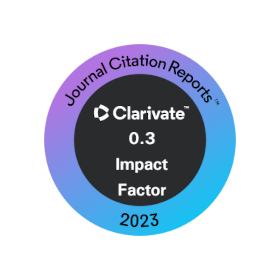Theoretical background of soil sampling systems according to variability of chemical characteristics.
DOI:
https://doi.org/10.28940/terra.v35i4.172Keywords:
random variability, cyclical variability, average fertility, fertility mapsAbstract
Due to high variability of chemical characteristics, soil sampling is one of the major sources of error in a correction and fertilization program. This critical review aimed to analyze the theoretical foundations that define the soil sampling types used for different cropping systems, assessing the degree of influence of variations in chemical characteristics conferred by each situation. Confronting information from the studies reviewed, we determined that the range of spatial dependence of soil chemical properties is dependent on the distance between previous sampling points. Land stratification in sampling units reduces the occurrence of spatial dependence caused by environmental factors associated with long-distance variations (macro-dependence), but does not prevent the occurrence of spatial dependence at short distances in positions within the stratum itself (meso-dependence). The option to use composite sample analysis from homogeneous field (average fertility) or the soil fertility maps for recommendation of lime and fertilizer, is primarily due to economic issues. The collection of single samples of small volume to calculate local averages, or the formation of composite samples from these “single samples” tends to increase the effectiveness and reliability of fertility maps.Downloads
Publication Facts
Reviewer profiles N/A
Author statements
- Academic society
- Terra Latinoamericana
- Publisher
- Mexican Society of Soil Science, C.A.

















